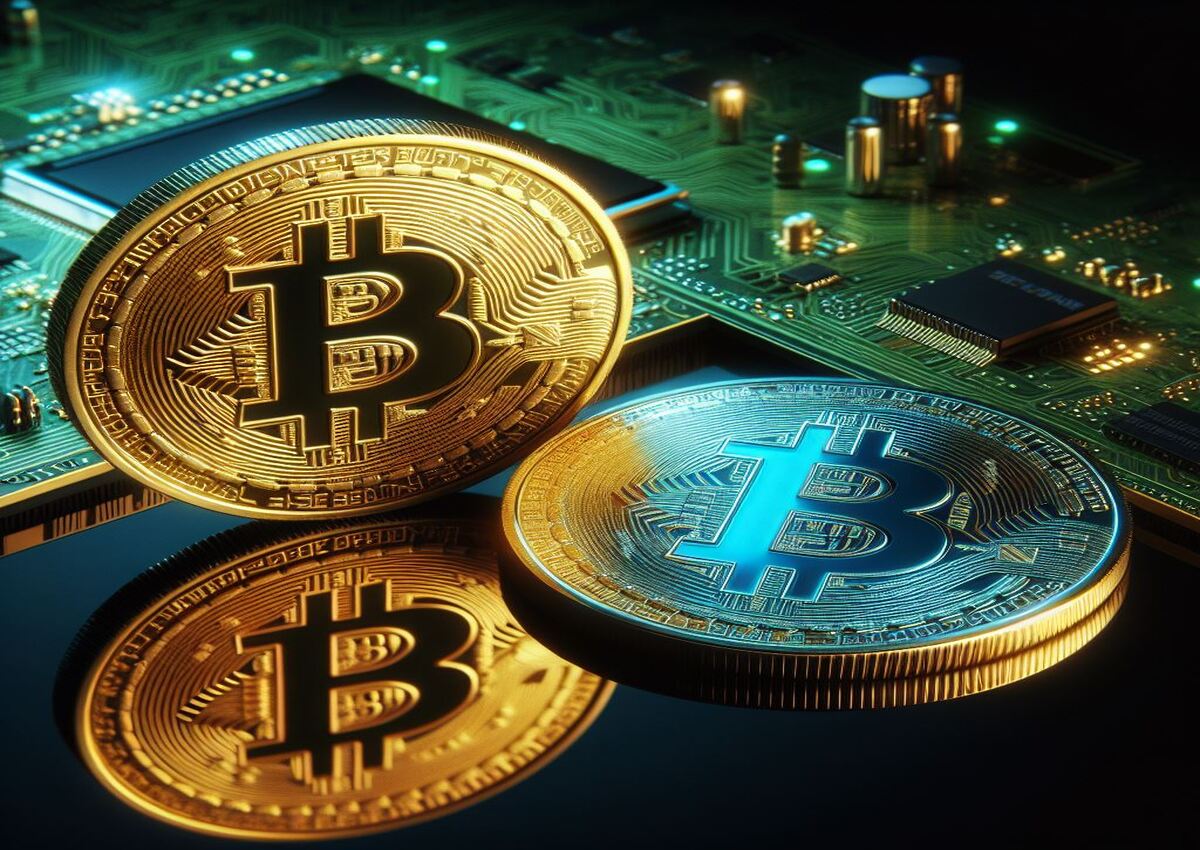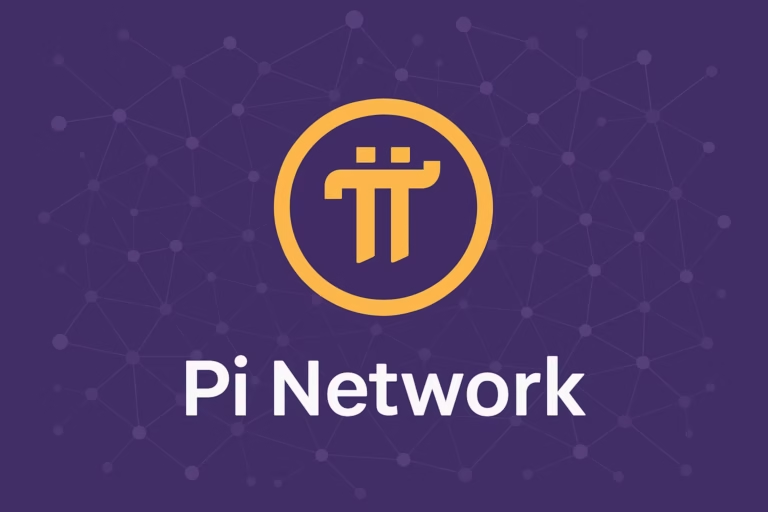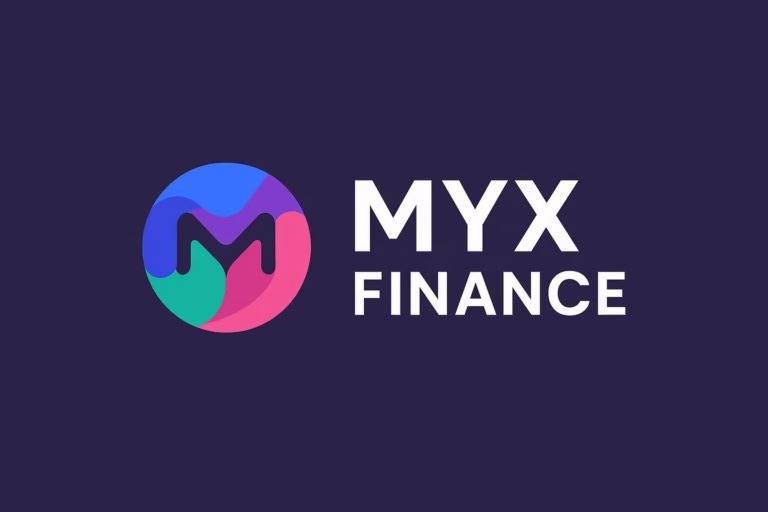
- Bitcoin is evolving from a store of value to a widely used medium of exchange, with over 650 million people now having access, thanks to the Lightning Network’s ability to enable fast and low-cost transactions.
- Its adoption spans from retail and remittances to international payments, positioning it as both digital cash and digital gold in different parts of the world.
For years, Bitcoin has been viewed as “digital gold,” a store of value rather than a means of everyday transactions. However, a recent report suggests that Bitcoin is making a comeback as a medium of exchange, with over 650 million people now having access to the cryptocurrency. This shift is largely attributed to the growth of the Lightning Network, which enables faster and cheaper transactions.
The Role of the Lightning Network
Bitcoin was initially designed as peer-to-peer digital cash, but its high transaction costs and slow processing times led many to use it as a long-term investment. The Lightning Network is changing that. As a layer-two solution, it facilitates instant transactions with minimal fees, making Bitcoin a more practical option for day-to-day purchases.
According to the report, the Lightning Network is being integrated into various industries, including retail, luxury goods, and international remittances. This widespread adoption is helping Bitcoin regain its original purpose—an efficient and decentralized means of payment.
How Was the 650 Million Figure Estimated?
The report’s estimate of 650 million people with access to Bitcoin comes from user data on major crypto platforms, including centralized exchanges like Binance and Coinbase, as well as peer-to-peer networks like Paxful. Binance alone accounts for nearly 260 million users, significantly contributing to this number.
Real-World Applications: From Coffee Shops to Global Payments
In countries with unstable monetary systems and high inflation, Bitcoin is already proving its worth as a reliable form of digital cash. For example, South African retailer Pick n Pay has integrated Lightning Network payments, allowing customers to pay with Bitcoin as quickly and affordably as they would with a tap-to-pay credit card.
Remittances are another area where Bitcoin is making an impact. Sending money across borders is often slow and expensive, but Lightning Network payments enable seamless and low-cost transactions. Whether it’s a worker in the U.S. sending money back home to Nigeria or a traveler paying for a meal abroad, Bitcoin is becoming an increasingly viable alternative to traditional payment systems.
Bitcoin vs. Stablecoins: A Battle for Dominance
Stablecoins have gained popularity as a less volatile form of cryptocurrency, with their transaction volume surpassing that of Visa and American Express combined in 2024. However, stablecoins are still tied to fiat currencies and are subject to government regulations and potential devaluation. The report highlights that Bitcoin, in contrast, operates independently of centralized control, making it a more secure and censorship-resistant financial tool.
Digital Cash or Digital Gold?
While 650 million people have access to Bitcoin, not all of them use it for everyday transactions. Many still hold Bitcoin as an investment, believing in its long-term value. However, in regions where fiat currencies are unstable, Bitcoin is increasingly being used as an actual currency.
Ultimately, Bitcoin’s dual role as both digital gold and digital cash highlights its growing importance in the global financial system. Whether people are buying coffee, sending remittances, or holding it as an asset, Bitcoin’s accessibility and usability continue to expand, reshaping the future of money.




